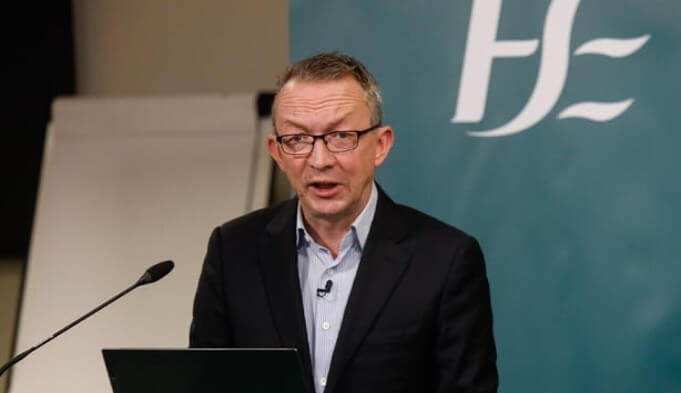The HSE Strategic Programmes team is working with the National Clinical Programmes and operational partners across the health system to deliver modernised care pathways for patients, according to Deirdre McNamara, Director of Strategic Programmes, Office of the Chief Clinical Officer, Health Service Executive
The Ophthalmology Modernised Care Pathways for Cataract, Medical Retina and Paediatric Eye are among the 36 pathways being implemented across the health service. These pathways seek to improve patient experience by reducing waiting times and bringing care closer to home.
The HSE has said a new system for treating patients with eye conditions has cut waiting lists, reduced visits to hospitals and allowed care closer to where patients live.
It is part of a programme to also free up consultants in hospitals, so they can concentrate on more acute cases.
Currently, the scheme is targeting around seven conditions where there are long waiting lists.
These conditions include cataracts, glaucoma, medical retinal issues (macular degeneration) and paediatric eye problems.
At the HSE Kilnamanagh-Tymon Primary Care Centre in Tallaght in Dublin, patients are getting care faster and with fewer hospital trips with the service.
The eye care team there covers south Dublin, Kildare and Wicklow and is led by two ophthalmologists, Ms Margaret Morgan and Ms Olya Scannell.
It has a large catchment area of more than 760,000 people.

Ms Scannell, one of the consultant ophthalmologists at the centre, said that the clinic has handled 1,500 cataract appointments and almost 5,000 paediatric appointments for eye problems so far this year, resulting in reduced waiting lists.
Without this service, the patients would have needed to go to Tallaght, Crumlin or the Royal Victoria Eye & Ear for their full care.
Ms Scannell said that in 2021, a new patient losing vision from cataracts would have had to wait close to five years for their initial assessment at a hospital.
With the new service, this wait has been brought down to a little over a year and she said they are working to reduce this wait even further.
Pre-operative assessments are done at the Tallaght clinic, and if needed, surgery is performed at the Royal Victoria Eye & Ear Hospital, after which patients return to the clinic for all their post-operative care.
HSE Chief Clinical Officer Dr Colm Henry said that the new model of care will be expanded to conditions and other clinics and community services around the country.

He said it can often just mean one visit to a clinic or hospital being needed for patients, rather than multiple ones.
Dr Henry said that with patients needing fewer, or in some cases no hospital visits, the programme frees up consultants in hospitals for more acute cases.
Mary Wederfoort from Dublin was one patient RTÉ News spoke to while she was having a post-operative assessment at the Tallaght clinic after a recent cataract operation.
She said the treatment had given her a new lease of life. Before the operation, she regularly lost her glasses and day-to-day living was challenging.
Ms Wederfoort said that being able to see properly is important as not only does she drive, but she also sews.

